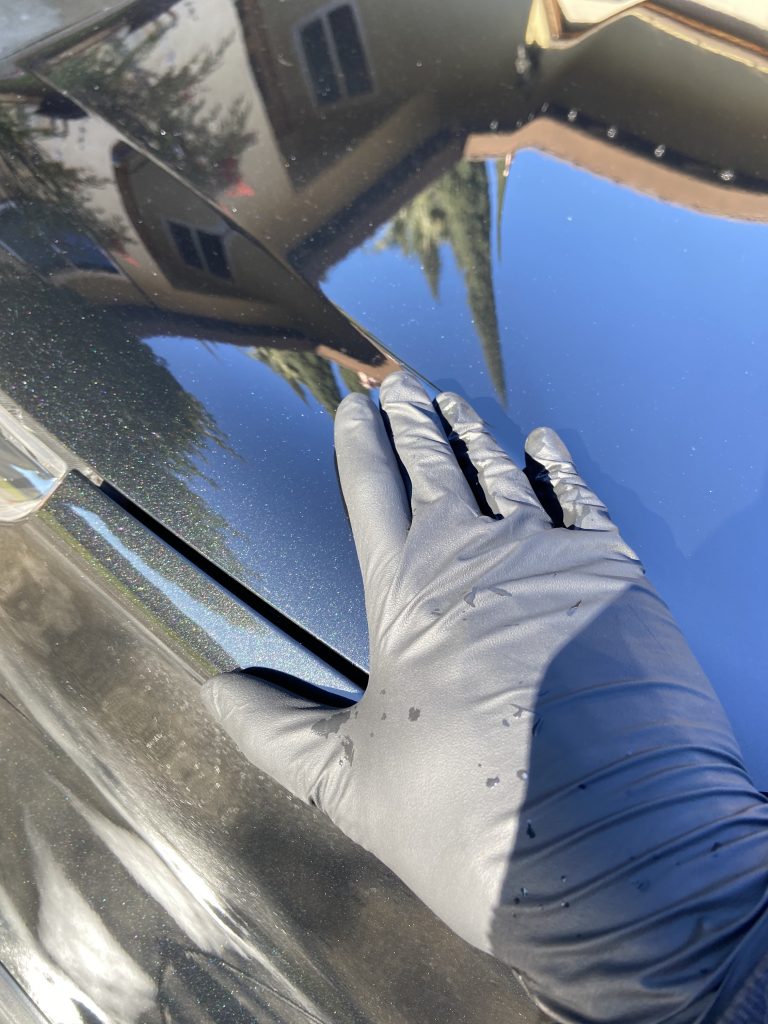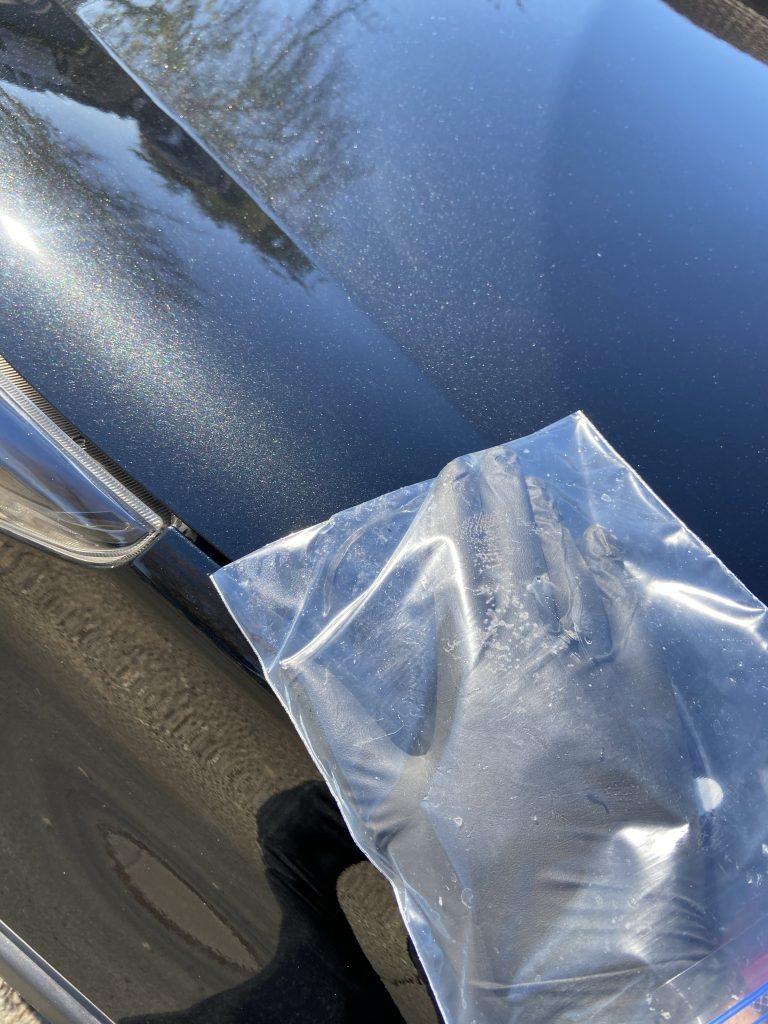When to “Clay” Your Car
by Ian MartinezMany people often ask how often they should clay their car. Regardless of what type of “clay” you use the answer is the same.
You clay when your vehicle needs it. There is no set time as it is not a product that has a time frame. When the paint has contamination embedded in it, you clay. An easy way to tell is either use a Ziploc baggie or a nitrite glove and glide your palm flat against the paint. This will allow you to feel the embedded contamination that you may not feel with your bare hand. In some cases, it will allow you to hear it as well. The bag is more obvious but has a higher chance to damage the paint, you may not have any bags, and looks a little ratchet to be honest.


Claying works on friction, not on pressure and as we know friction is the gateway to swirls. This means when you clay, there is the possibility of inducing swirls so you don’t want to if you don’t have to.
What about when polishing, I have to clay before that right? Technically, no. is it a good practice to make sure there is no contamination that pad may pick up and then you would have a containment moving at a high rate of speed, which is no good. Any possible swirls you may add will also be removed when polishing so it is recommended but in the sake of understanding when claying is necessary there are scenarios where it would not.
Claying is a great step and highly necessary to get a smooth surface and get all the embedded contamination out. So knowing when you need it makes it that much easier to keep your car looking it’s best. Below are a few clay options and clay alternatives to help you get started.
- Traditional Clay
- Clay Mitt
- Clay Towel
- Clay Pad
- Clay Block (My personal favorite)








No comments yet. Be the first!